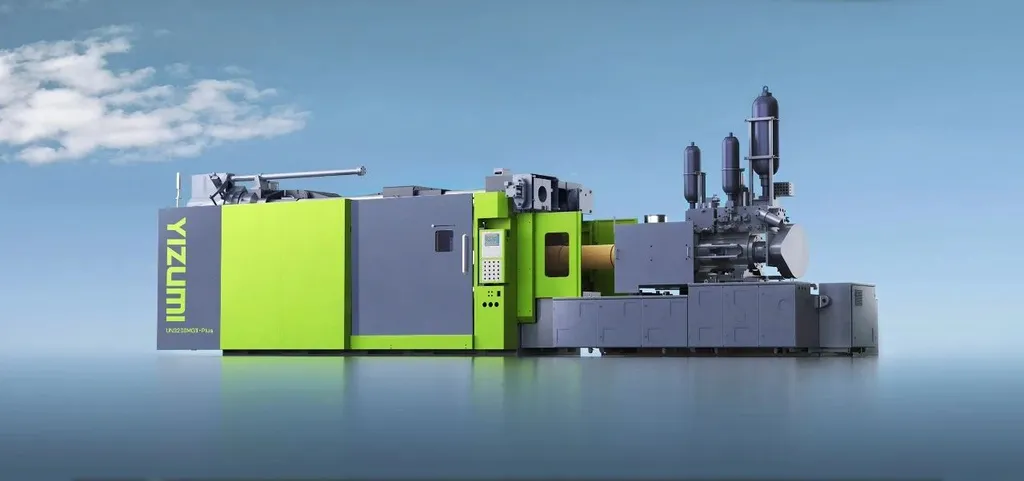In the quest to enhance the performance of magnesium alloys, a team of researchers led by Xiaohuan Pan from Chongqing University in China has uncovered a previously unreported phenomenon that could have significant implications for the energy sector. The study, published in the journal *Materials Research Letters* (translated as *Materials Research Letters*), focuses on the behavior of extruded Mg–Gd–Y–Zn–Al–Li alloys and reveals a unique yield plateau that could lead to more efficient and durable materials.
Magnesium alloys are prized for their lightweight properties, making them ideal for applications in the automotive and aerospace industries, where reducing weight can lead to significant energy savings. However, their widespread adoption has been hindered by challenges in achieving the right balance of strength and ductility. The discovery of this yield plateau offers a new avenue for optimizing these materials.
The research team observed a yield plateau persisting approximately 3% strain with near-zero strain hardening exclusively in the alloy containing 2% lithium. This phenomenon was attributed to the unique geometric relationship between solute atoms (Gd, Y, and Li) on planes and slipping planes. “The solute atoms on only one-third of the planes interacted effectively with prismatic dislocation in the 2Li-contained alloy,” explained Pan. This interaction is crucial for understanding and controlling the deformation behaviors of magnesium alloys.
The findings suggest that by carefully manipulating the distribution and interaction of solute atoms, it is possible to tailor the mechanical properties of magnesium alloys to meet specific industrial needs. This could lead to the development of alloys that are not only lighter but also stronger and more resistant to deformation under stress.
The commercial impact of this research is substantial. In the energy sector, where weight reduction translates directly into fuel efficiency and reduced emissions, the ability to engineer magnesium alloys with enhanced properties could be a game-changer. “This work provides new insights for explaining deformation behaviors via solute–dislocation interaction in Mg alloys,” Pan noted. These insights could pave the way for innovative applications in electric vehicles, aircraft, and other energy-efficient technologies.
As the world continues to seek sustainable and efficient solutions, the research conducted by Pan and his team offers a promising path forward. By unraveling the complexities of solute–dislocation interactions, they have opened up new possibilities for the design and development of advanced materials that could shape the future of the energy sector.

